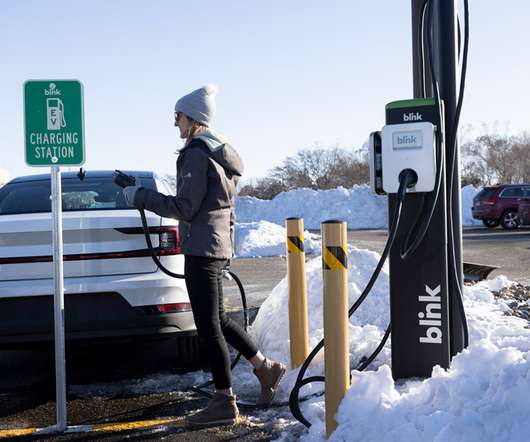AI Plays Key Role in EV Charger Deployment and More
Blink Charging
NOVEMBER 18, 2022
For a much more detailed look at exactly how artificial intelligence is created and used in this capacity, you can check out this article in Towards Data Science by Obed Sims, which discusses the development of a computer model that indicates optimal locations for EV charging stations in Manchester. Grid Management. Planning tools.












Let's personalize your content